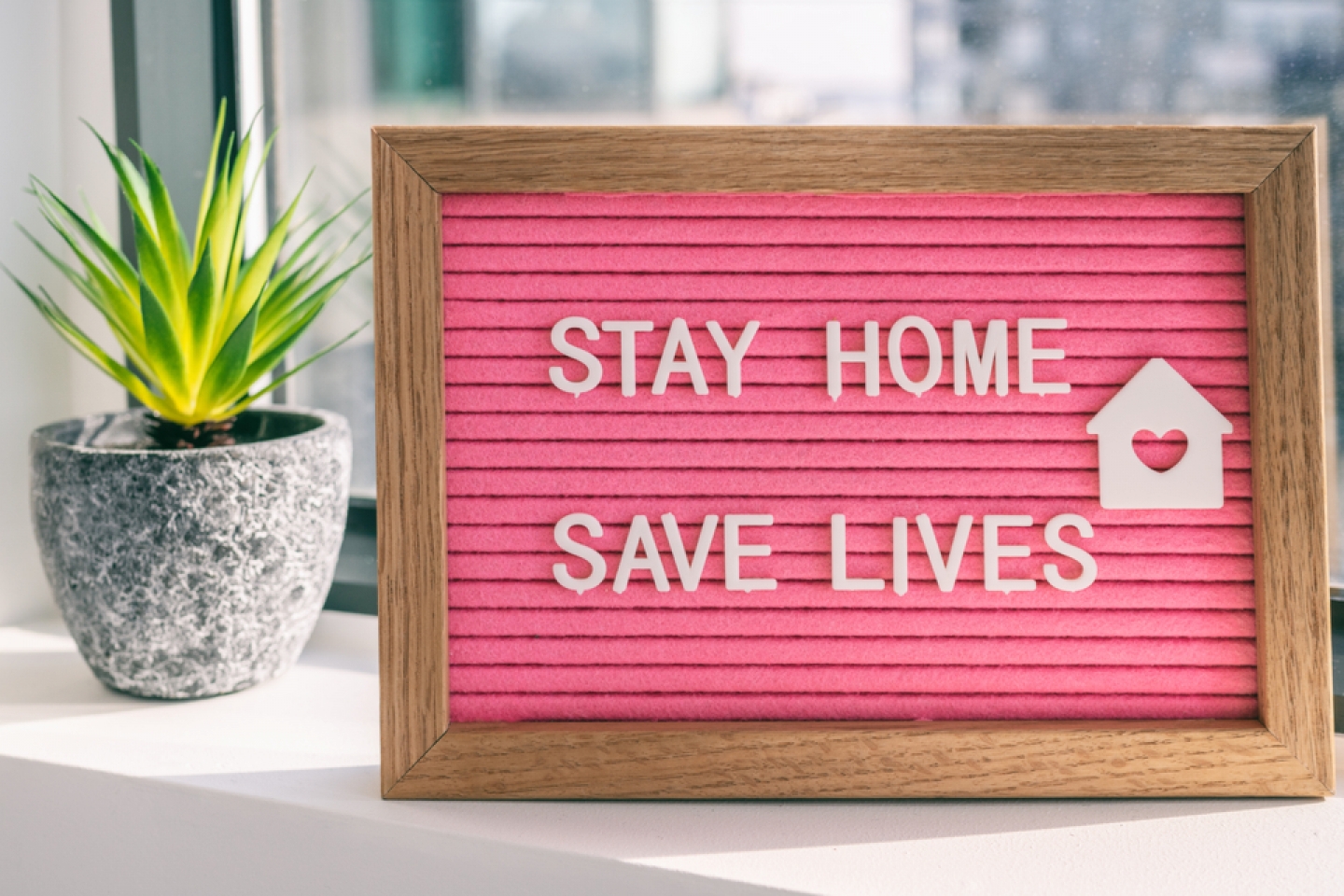
As New York moves through the COVID-19 pandemic, public health officials are starting to refer to this time period as “peak week”—when the region will see its greatest number of patients, hospitalizations and critical cases from the virus.
Also called the apex, this is when our healthcare system anticipates not only the greatest demand, but a continued strain on resources and our front-line healthcare workers who are working overtime to provide care to our most critically ill.
According to the CDC, “the peak of illnesses occurs at the end of the acceleration phase, which is followed by a deceleration phase, during which there is a decrease in illnesses.” New Yorkers are expected to be near the apex of their local curve this week.
Different countries, the CDC notes, can be in different phases of the pandemic at any time, as can different parts of the same country. Diagnosed cases, hospitalizations, and mortality rates from COVID-19 vary greatly by state and city due to factors such as population density and the timing of when the infection arrived in the area.
Here in New York, where population density is high, so is the risk of infection. There is wide agreement that slowing the spread guidelines are our best bet for protecting New York’s high-risk populations from exposure to this potentially deadly virus. To get past the peak—and not experience another—New York must continue social distancing, as this is considered one of the most effective measures against the virus.
The seasonal change to Spring has the potential to cause an influx of additional patients if New Yorkers neglect to take proper precautions (social distancing, masks, hand sanitizer, and proper handwashing) when they’re outside and particularly upon re-entering their homes to keep form bringing the virus in with them.
The community already has begun to see some progress in “flattening the curve.” But the full picture is complicated as our community is seeing a spike in COVID-19 related deaths, we are also seeing some promising signs that our hospitalization rates are decreasing according to reports from the New York State Department of health and announced by governor Cuomo. Here we have summarized some of those projections to provide some visual context. As you can see, the slope of the curve remains steep even with the reduction of hospitalization rates. While it is certainly promising to see the impact of our social distancing efforts here in New York, adherence to these guidelines is crucial if we wish to reduce the overall strain on our health system.
So what is the bottom line? Vigilance. We must remain conscious of how quickly trends change--and how quickly the virus spreads.
“If we let our foot off the gas and start doing things that are ill-advised, we could have another peak in a few weeks. So we have to completely keep our efforts going,” Admiral Brett Giroir, MD, assistant secretary for health at the Department of Health and Human Services, said this week. “Another ‘peak’ could be coming down the road if people don’t continue to adhere to social distancing guidelines.”
The idea of another “peak” may be frightening, but New York can continue moving in the right direction if residents continue to follow the recommended health tips and adhere to social distancing.
“I think we all would like to have a failsafe mechanism to be sure we would never get infected,” says Michael Niederman, MD, associate chief and clinical director of pulmonary and critical care medicine at Weill Cornell Medicine. “Social distancing is absolutely key….”
While we all may be isolated, we can all win this fight together by holding ourselves accountable and protecting our higher risk neighbors from unnecessary exposure, especially as we approach the peak.
Additional Resources
To learn about symptoms and prevention, and/or connect to a provider, please see the Weill Cornell Medicine COVID-19 patient guide.
We’ve also created a 24/7 hotline dedicated to COVID-19. Please call (646) 697-4000.
The NYC Department of Health and the Centers for Disease Control are additional reliable sources for the latest guidelines and recommendations.